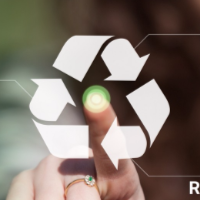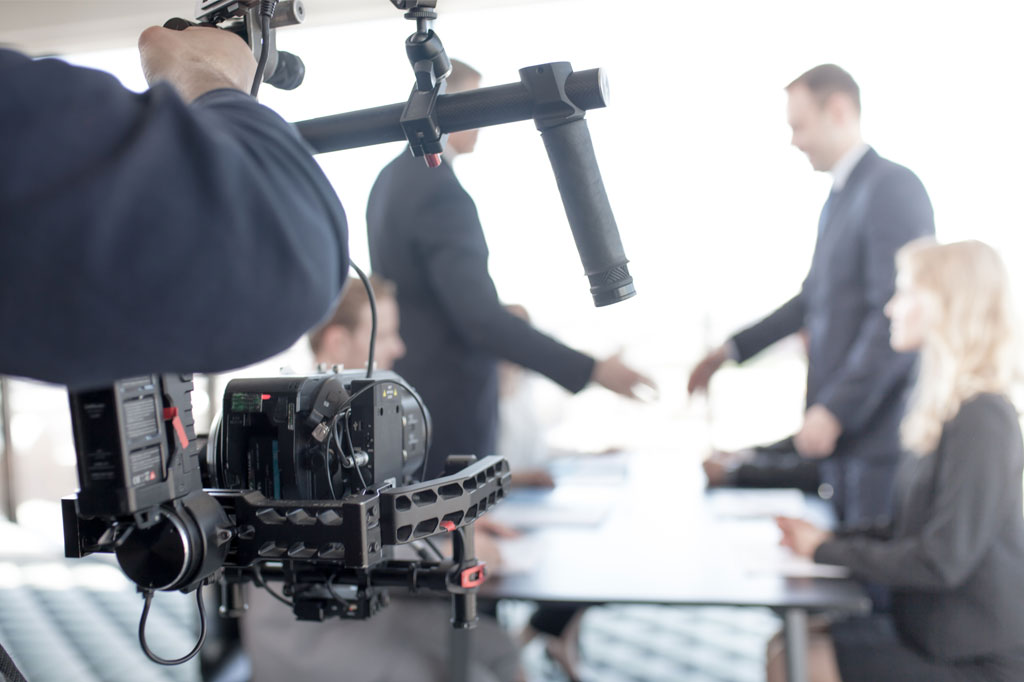What Makes Legal Videography Indispensable for Case Preparation and Strategy
What Makes Legal Videography Indispensable for Case Preparation and Strategy
Blog Article
Why Lawful Videography Is Critical for Accurate Court Recordings
The duty of legal videography in courtroom setups can not be overstated, as it offers as an important device for maintaining the integrity of court documents. The ramifications of integrating legal videography right into standard court techniques raise essential concerns concerning its broader impact on the lawful system.
Significance of Visual Proof
In the world of legal procedures, the relevance of aesthetic proof can not be overstated. Visual evidence acts as an effective device in developing realities, substantiating statements, and boosting the total clearness of an instance. This kind of evidence, that includes photographs, videos, and representations, can supply a substantial context that spoken summaries commonly do not have, thereby using courts and courts a clearer understanding of the circumstances surrounding a situation.
In addition, aesthetic proof help in the retention of info. Human cognition is naturally visual, and people are most likely to bear in mind and understand details provided in an aesthetic style. In the court, this can be important, as compelling visual proof can persuade viewpoints and strengthen the narrative presented by lawful agents.
Furthermore, using aesthetic evidence can reduce misunderstandings and obscurities that often emerge from spoken exchanges. By supplying a direct depiction of occasions, aesthetic proof assists to eliminate subjective interpretations and cultivates a much more objective examination of the realities. As a result, the combination of aesthetic evidence right into legal proceedings not just enhances the integrity of the judicial procedure however also improves the probability of accomplishing a just end result.
Recording Non-Verbal Signs
Using advanced videography methods can considerably boost the capture of non-verbal cues throughout legal procedures. Non-verbal interaction, including faces, body movement, and eye contact, plays a crucial function in sharing emotions and intents that may not be explicitly mentioned in spoken testament. legal videography. Legal videography uses high-definition cams and strategic angles to make sure that these refined cues are taped with quality and accuracy
The capability to assess non-verbal behavior can supply valuable context to statements made throughout court sessions. For example, a witness's reluctance or confidence can be translated with their stance or gestures, potentially influencing the court's assumption of reputation. The usage of close-up shots can help focus on a speaker's expressions, allowing for a more nuanced understanding of the testimony.
Additionally, integrating several video camera angles can produce an extensive sight of interactions, highlighting characteristics in between events involved. This multifaceted strategy not just boosts the precision of the court document however likewise aids in preserving the stability of the judicial process - legal videography. Eventually, capturing non-verbal cues via lawful videography cultivates a richer, a lot more total representation of courtroom procedures

Enhancing Testament Dependability
The reliability of testament can be substantially reinforced through making use of top notch legal videography. Video clip recordings function as an unbiased medium that records not only the talked words of witnesses but likewise the subtleties of their shipment, consisting of tone, pacing, and emotional expressiveness. This complex documentation gives a clearer understanding of the witness's credibility and intents, which can be pivotal in legal procedures.
Moreover, lawful videography minimizes the capacity for false impressions that may emerge from written records alone. When jurors can observe a witness's demeanor and body movement along with site here their testament, they are better furnished to analyze the authenticity and dependability of the proof presented. This visual context can strengthen the testimonial story, making it more engaging and trustworthy.
In addition, the existence of a video recording can deter prospective incongruities in testimony. Witnesses may be much more careful in their declarations when they recognize they are being recorded, resulting in more precise and sincere accounts. On the whole, high-quality legal videography enhances the integrity of statement, ensuring that the court has access to a complete and honest representation of the facts as communicated by the witnesses.
Supporting Appeals and Reviews
Legal videography plays a vital function in sustaining allures and reviews by providing an extensive visual record of courtroom process. This aesthetic documents records not just the talked words of witnesses and lawyers yet additionally the subtleties of body movement, tone of voice, and court dynamics. Such elements can be crucial in recognizing the context of testaments and disagreements provided.
In the appellate procedure, where the emphasis is on errors of regulation and step-by-step fairness, a video document can work as a crucial tool for appellate courts. It enables courts to examine the initial trial context, making certain that choices are based upon a total understanding of the proceedings. The capacity to aesthetically examine the attitude of witnesses or the interactions between events can disclose insights that written records may overlook.

Furthermore, lawful videography can help in clarifying uncertainties in testimonies or step-by-step rulings, consequently strengthening the basis for an allure. By using a reputable, unbiased account of what transpired in court, lawful videography not only supports the honesty of the legal procedure but likewise encourages all parties entailed to make enlightened decisions concerning their instances.
Streamlining Courtroom Processes
Enhancing court room effectiveness, lawful videography streamlines processes by offering instant accessibility to aesthetic documents of proceedings. This innovation enables courts, lawyers, and courts to take another look at crucial statement and proof, making certain that all events have a clear understanding of the case. By capturing the nuances of verbal and non-verbal communication, videography enriches the record, making it simpler to understand the context and weight of statements.

Additionally, video clip recordings next can help with remote participation in hearings, enabling greater adaptability in scheduling and participation, which is especially valuable in intricate situations entailing several stakeholders.
Conclusion
Finally, legal videography plays a vital function in ensuring exact court recordings like this by offering essential visual proof that catches both spoken and non-verbal interaction. This technique boosts the integrity of testaments, supports appellate evaluations, and streamlines court processes. By promoting a comprehensive understanding of court characteristics, lawful videography ultimately adds to more fair judicial end results, reinforcing the integrity of the lawful system and promoting educated decision-making.
Report this page